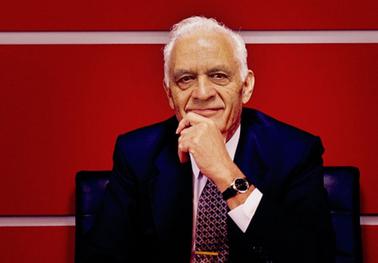Hi-Fi Hall of Fame
People Inductee
Dr. Amar Bose
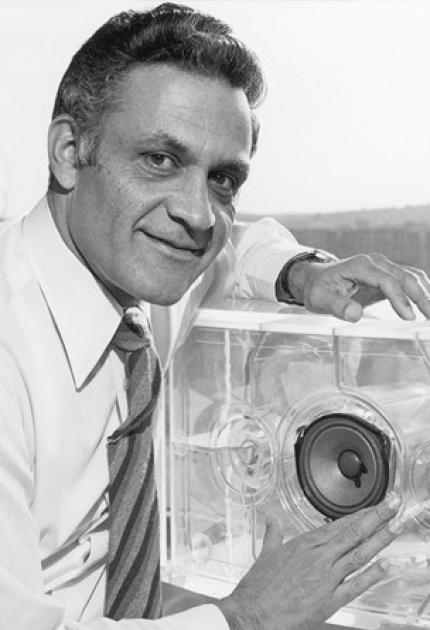
Introduction
Dr. Amar Bose was a visionary engineer and entrepreneur who left an indelible mark on the audio industry. As the founder of Bose Corporation, he dedicated his career to advancing the frontiers of audio technology. Driven by his passion for quality sound reproduction, he revolutionized the way people experience audio through his groundbreaking innovations.
Dr. Bose graduated with a PhD in electrical engineering from the Massachusetts Institute of Technology, and celebrated the accomplishment by buying himself a new hi-fi stereo system. But the sound quality disappointed him, and led to him researching acoustics at MIT in his spare time, and later to the founding of an iconic Hi-Fi manufacturer, Bose Corporation.
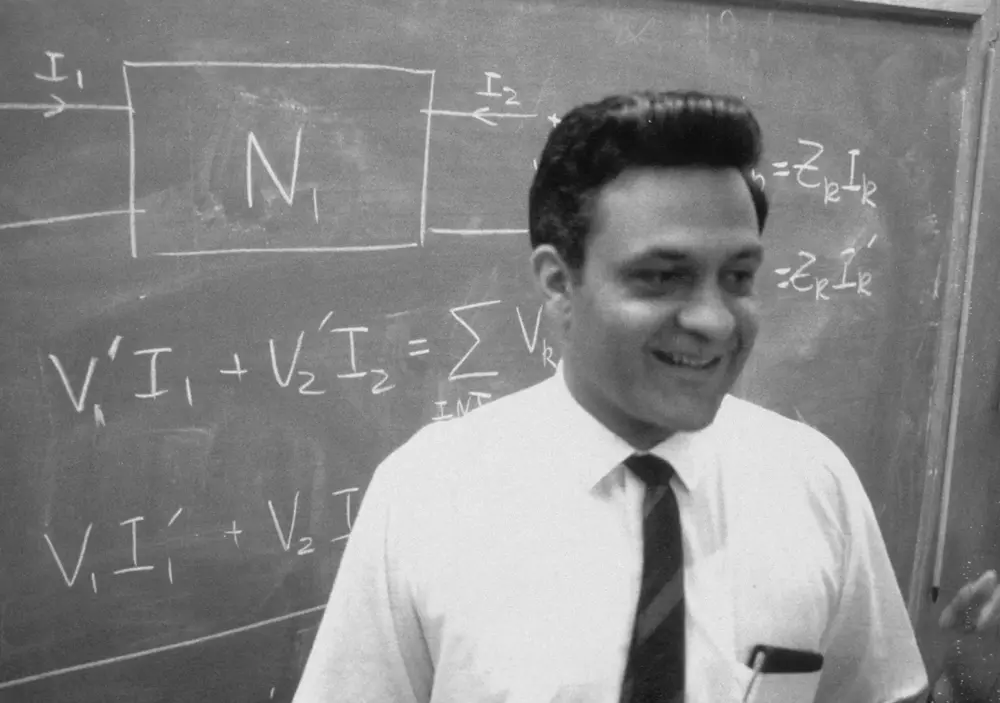
Key Facts
| Name | Dr. Amar Gopal Bose |
| Born | November 2, 1929, Philadelphia, Pennsylvania, USA |
| Died | July 12, 2013 (aged 83) |
| Hi-Fi Hall of Fame Induction | July 2023 |
Dr. Amar Bose: A Lifetime of Accomplishments
After graduating with a doctorate in Electrical Engineering, Dr. Bose taught engineering at MIT for a few years before founding Bose Corporation in 1964. For the first few years, he and his two employees developed power regulating systems for the military and other government agencies during the day. During the evening, they explored acoustics and speaker design.
Understanding the intricacies of sound perception was an area where Dr. Bose excelled. He conducted extensive research in the field to acoustics and psychoacoustics, exploring how humans perceive and interpret sound. By studying the relationship between listeners and their audio environments, he developed innovative loudspeaker designs and audio processing techniques that aimed to reproduce sound as accurately as possible.
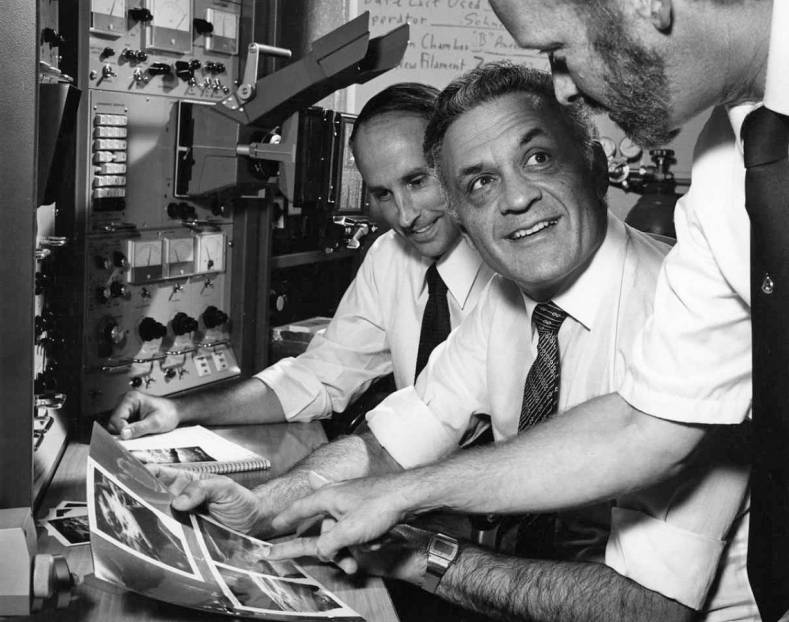
Another area where Dr. Bose made some significant discoveries was the development of noise reduction technology. Frustrated by the poor audio quality experienced during a transatlantic flight, he set out to address this issue. Through years of extensive research, he pioneered an active noise cancellation system that could effectively reduce unwanted ambient noise. This breakthrough technology enabled listeners to enjoy clear and immersive audio even in noisy environments. Today, Bose’s noise cancellation technology is widely acclaimed and utilized in numerous audio products.

One of Dr. Bose’s notable achievements was the invention of “waveguide” speaker technology. Traditional speaker designs generally use a sealed (also called acoustic suspension) or ported (or “bass reflex”) enclosure to direct the energy from the rear of the speaker cone. Waveguide technology (sometimes called “transmission line”) directs the energy from the rear of the speaker into a long channel, where it is tuned to provide the desired frequency response. Bose developed a compact Waveguide technology that could be integrated into a compact, plastic enclosure, suitable for tabletop or portable music systems. Later, the same approach was used to develop compact subwoofers for use in home theatre surround sound systems.
All of these development eventually appeared in commercial Bose products. In 1968, Bose produced the first generation Model 901 speaker, which used a “Direct/Reflecting” design to take advantage of the psychoacoustics findings. That same year, Bose produced the first prototype of a noise cancelling headphones, which were used by pilots Dick Rutan and Jeana Yeager on their record-breaking, non-stop, around-the-world voyager flight.
In 1993, Bose “reimagined” the radio by producing the first Bose “Wave” Music System, which incorporated their patented acoustic waveguide speaker technology.
By the year 2000, Bose had figured out how to build their noise cancelling technology into an affordable consumer headphone, called “QuietComfort”. These headphones forever changed air travel for passengers by drastically reducing noise and providing better in-flight entertainment sound quality than ever before.
Bose Corporation Iconic Products
Bose Corporation has produced many iconic, best selling products since its founding in 1964. Here are a few of them.
Bose 2201
After starting Bose Corporation in 1964, the first commercial product from the company was the strange looking Bose 2201, which hit the market in 1966. The cabinet was shaped like a portion of a sphere, and was designed to sit on the floor in the corner of the listening room. Each cabinet was fitted with 22 full range speakers, with many of them facing away from the listener. The 2201 embodied Dr. Bose’s belief in the “Direct/Reflecting” approach, where most of the sound was reflected off the walls, in order to increase the apparent size of the sound stage. The 2201 did not sell well and was discontinued after three or four years.


Bose 901
Bose’s next product was considerably more successful. The Bose 901 was first introduced in 1968 and quickly gained attention for its unique design and sound characteristics. It was a flagship model that revolutionized the concept of stereo speaker systems. The 901 speakers featured a distinctive design with nine full-range drivers. Eight drivers were mounted on the rear panel, facing away from the listener, with a single driver facing forward. Just like the 2201, this Direct/Reflecting approach aimed to create a lifelike sound experience by reflecting sound off the walls and other surfaces in the listening room. The 901 included a separate equalizer, called the Bose Active Equalizer, which balanced the frequency response and compensated for the speaker’s lack of a large woofer (for low frequencies) or tweeters (for high frequencies). Bose released many upgraded versions of the 901 over it’s long lifetime. The 901 was discontinued in 2017, after nearly 50 years in the market!
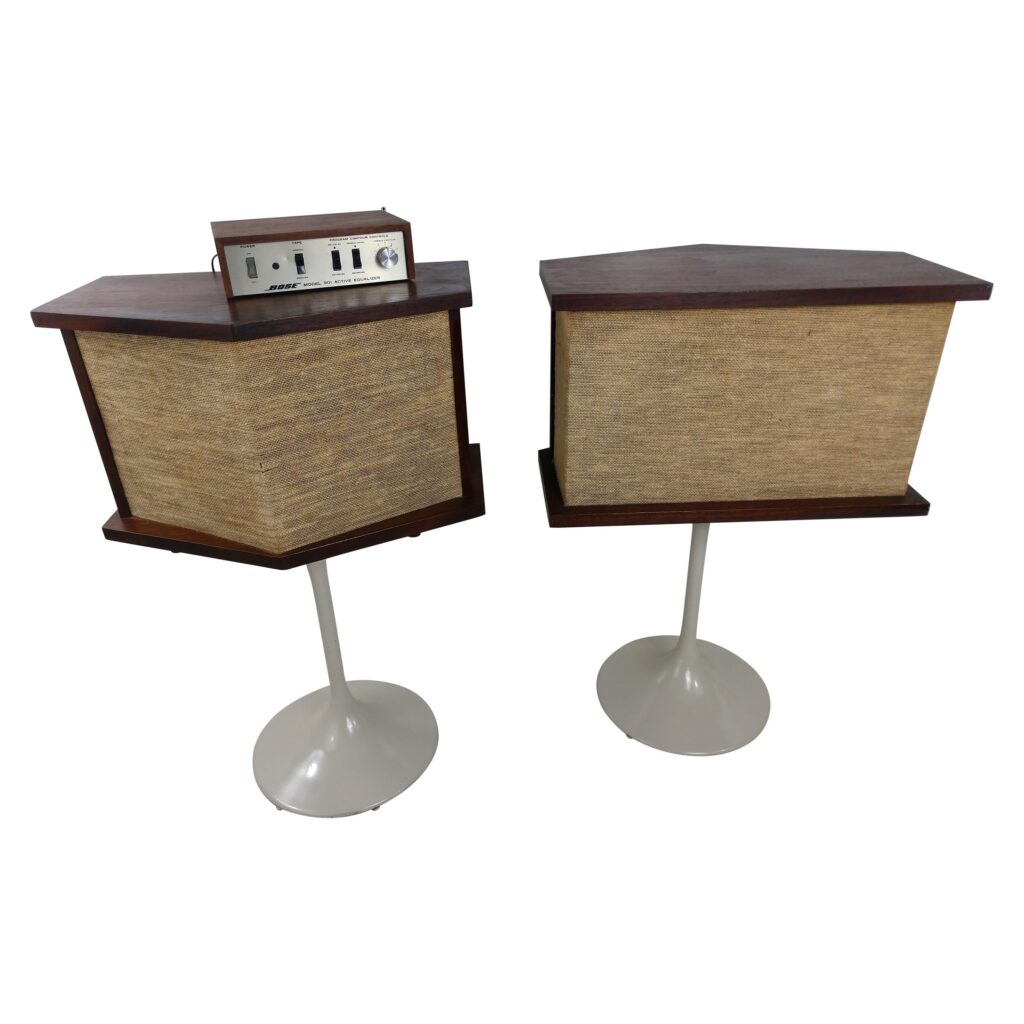
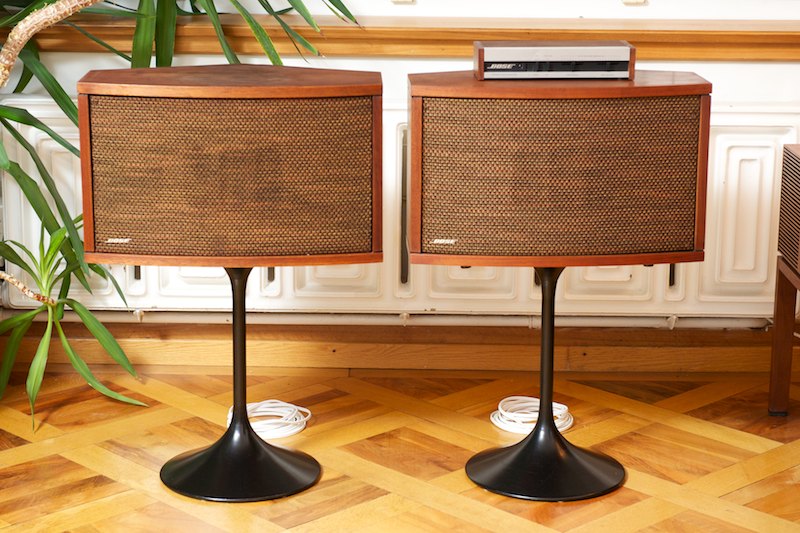
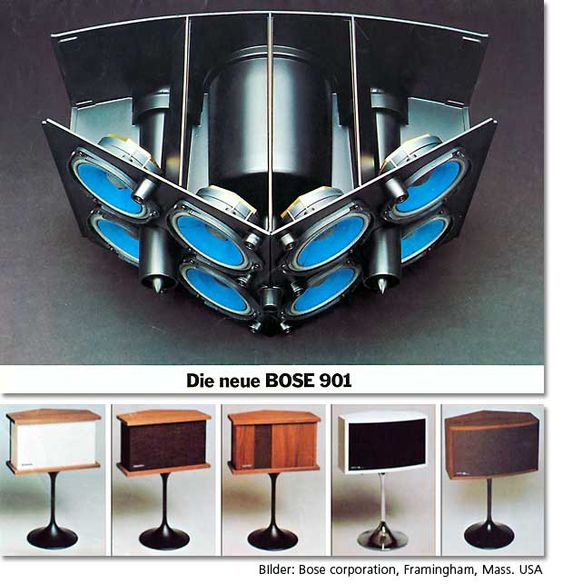
Bose 501
Three years after the launch of the 901, in 1971, the company released a more conventional speaker, the Bose 501. It was a floor standing speaker, equipped with a traditional two way (woofer/tweeter) design. The two tweeters faced front and rear to achieve the Direct/Reflecting effect. Some versions incorporated an adjustable vane that allowed the user to adjust the effect. The 501 evolved considerably over the years, and was sold until 2001, a thirty year production run.
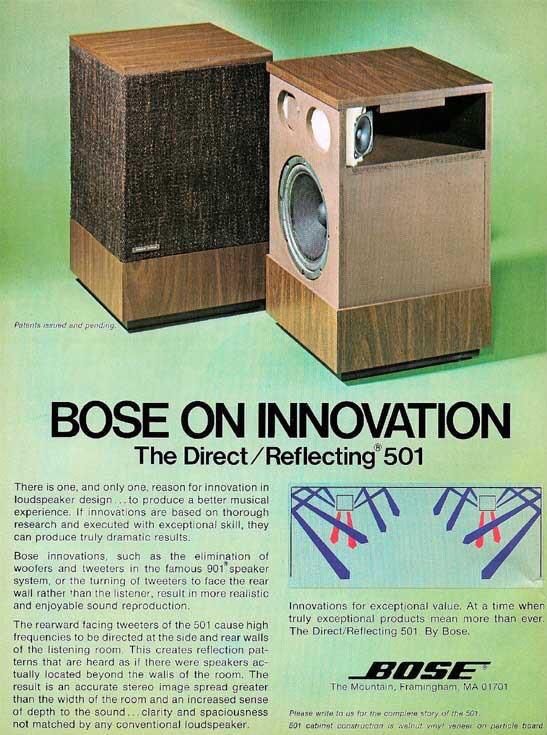
Bose 301
To appeal to a larger market, Bose introduced the Model 301 in 1975. These bookshelf speakers were designed to provide high quality sound in a compact form factor and at a lower price point than the 901 and 501. The 301 series utilized a two-way design, consisting of a 3 inch tweeter and an 8 inch woofer, with the tweeter mounted in a rear facing configuration. Over time, Bose refined the 301 series by incorporating improved drivers, cabinet construction, and acoustic technology. The final iteration of the 301 was the Series V was released in 2002.

Bose Acoustic Wave Music System
Another remarkable product from Bose was the Acoustic Wave Music System, a tabletop Hi-Fi system that was introduced in 1984. The first “Wave” consisted of an AM/FM radio, cassette player, two 2-inch tweeters, and a four-inch woofer. It was remarkable for the amount of bass that could be produced, due to the use of a tuned waveguide that wrapped around inside the cabinet. This design earned Dr. Bose and co-inventor William Short the “Inventor of the Year” award for the waveguide design. Later versions of the Wave included CD players, wireless connectivity, and other features.
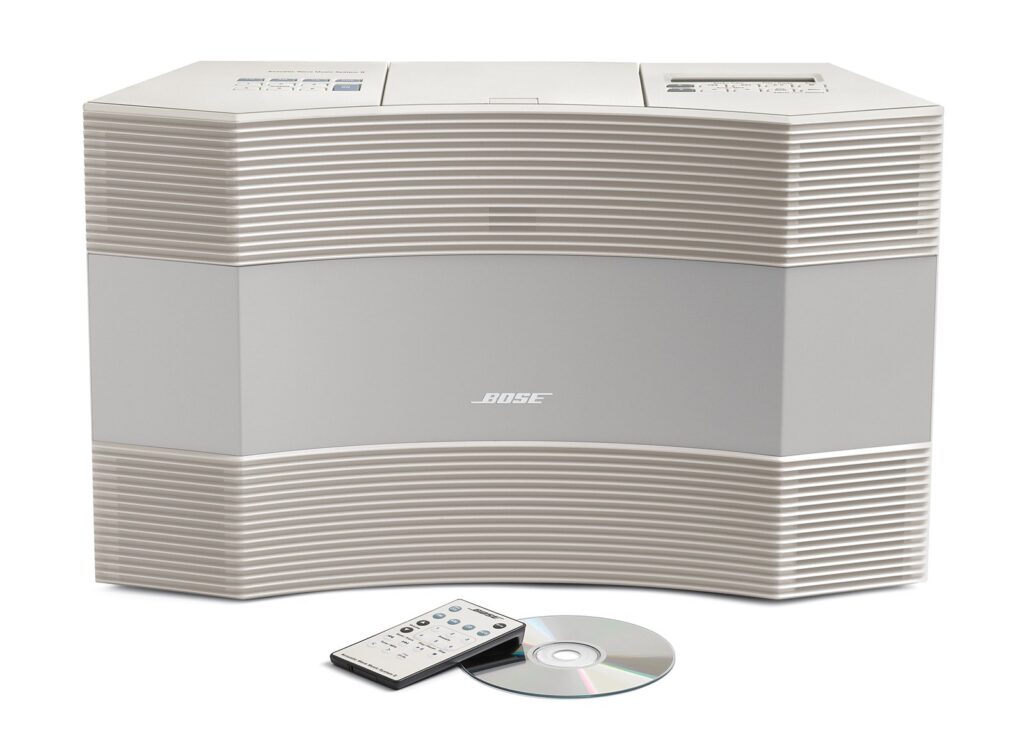
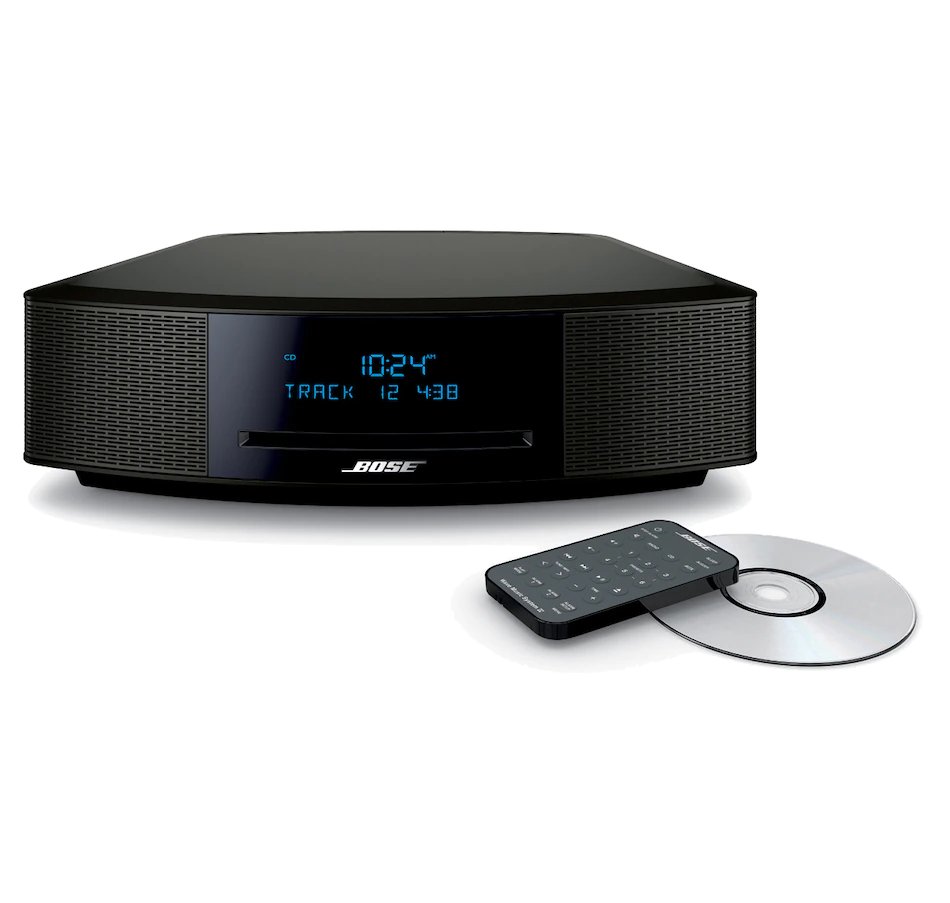
Bose Acoustimass
The first Bose “Acoustimass” speaker system was introduced in 1987. These systems employed a compact subwoofer along with a number of very small satellite speakers. The subwoofers used a waveguide to tune the low frequency response, while the satellites employed small, angled cubes to achieve the Direct/Reflecting effect. The Acoustimass was well suited to a modern lifestyle, and especially to home theatre systems, as it could achieve a big, diffuse sound with just a few small enclosures. The Acoustimass evolved over the years, and sold millions of units during its lengthy production run.
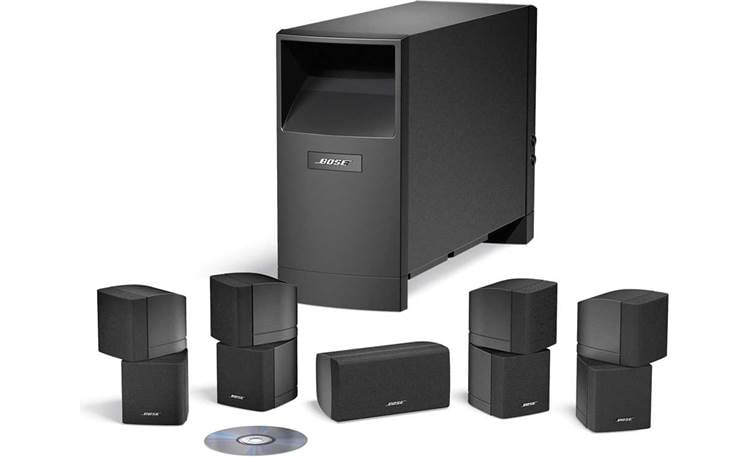
Bose Noise Cancelling Headphones
Over the years, Bose has produced many different versions of their noise cancelling headphones. Their first products were aimed at the aviation and military markets, with the first aviation headsets available in 1989. It took a few years to develop an affordable consumer product, but Bose was first to market with the introduction of the Bose QuietComfort Headphones in 2000. The QC1 was a breakthrough product that offered significant noise reduction capabilities, particularly for low-frequency sounds like airplane engine noise. These over-ear headphones were praised for their ability to provide a quiet listening environment even in noisy settings. Bose’s latest products use the same noise cancelling technology in an “in ear” design.
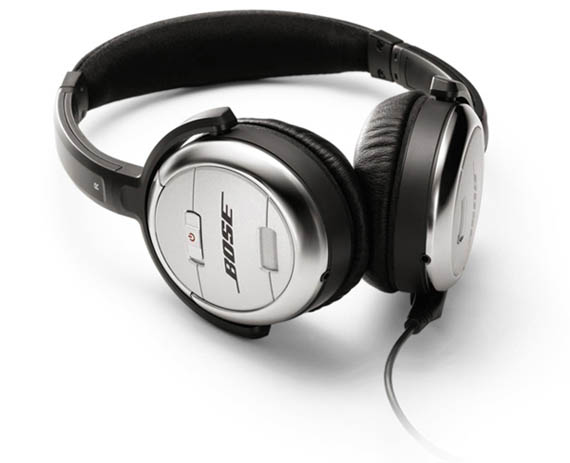
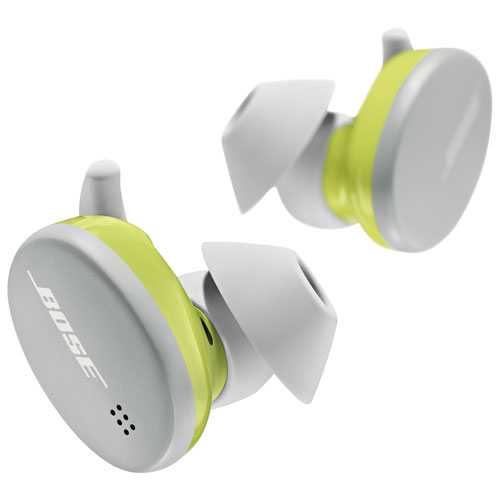
Honors and Awards
Dr. Bose received many prestigious honors and awards during his career. He was named a Fellow at the Institute of Electrical and Electronics Engineers (IEEE), made an Honorary member of the Audio Engineering Society, and received an Honorary Doctorate of Music from Berklee College of Music. He was inducted into the National Inventors Hall of Fame, and appeared on the “MIT150” list of the top 150 innovators and ideas from MIT.
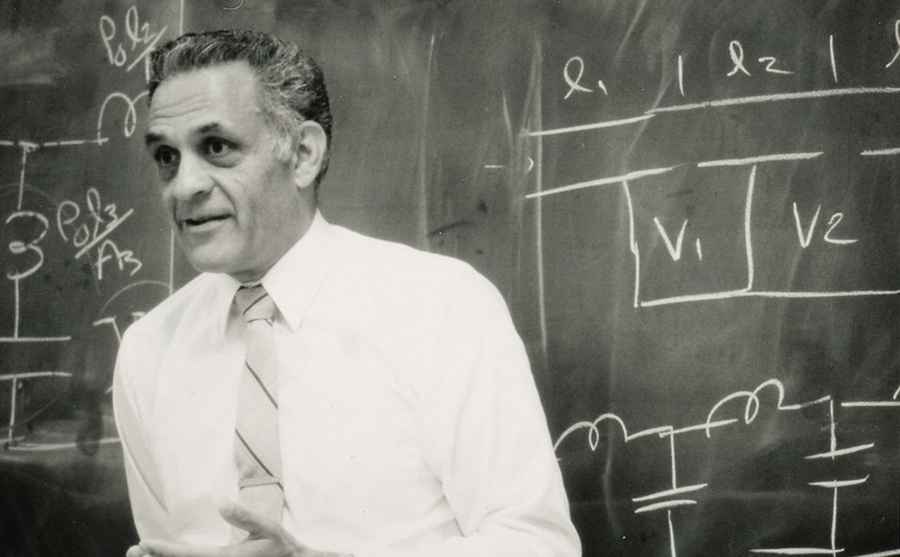
Dr. Amar Bose: Impact on the Hi-Fi industry
Dr. Amar Bose’s contributions to high fidelity audio technology have left an important and lasting legacy. His dedication to research, engineering, and delivering exceptional audio experiences set a new standard for the industry. The advancements made by Bose Corporation, under his leadership, had a profound impact on the way we enjoy music, movies, and other audio content. Dr. Bose’s commitment to quality, innovation, and the pursuit of sonic perfection continues to inspire engineers, audiophiles, and consumers around the world.

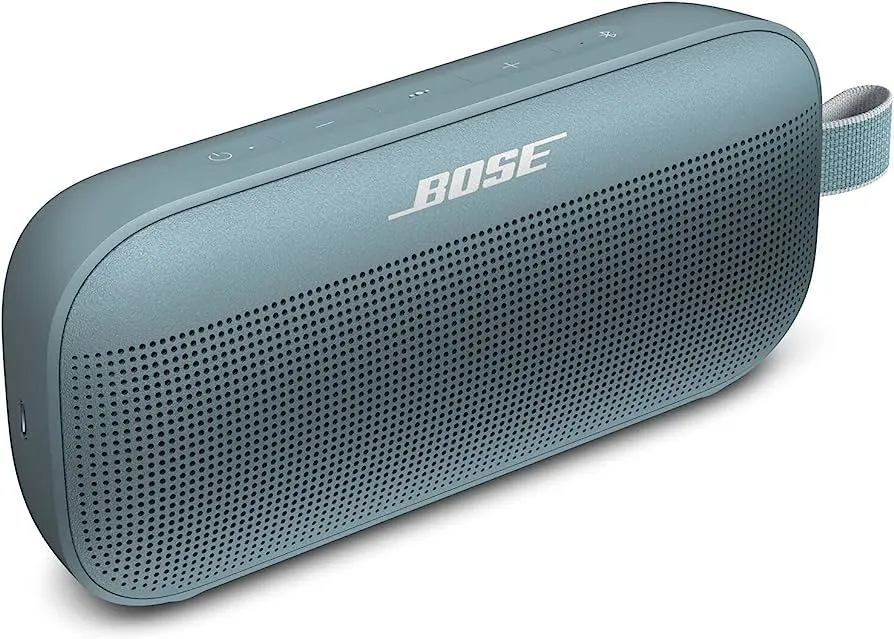
Bose Corporation impacted the way that Hi-Fi products are marketed and sold to consumers. Bose opened their first direct-to-consumer retail store in 1993 in Kittery, Maine. This allowed Bose to demonstrate their products to customers, using their own specialized staff to explain the technologies and products to potential buyers. The network of stores expanded over the years, and despite some recent store closures, there are still about 130 stores around the world.

A few years prior to his passing, in a very generous act, Dr. Bose donated the majority of the firm’s shares to his former employer and Alma Mater, the Massachusetts Institute of Technology. These shares provide an annual cash dividend which is paid out to advance the research and education mission of MIT. Bose Corporation continues to prosper today, with a large workforce and substantial sales to the consumer, aviation, military, and professional markets.
Induction to the Hi-Fi Hall of Fame
Dr. Amar Bose was an exceptional innovator who transformed the audio industry through his relentless pursuit of excellence. His pioneering work in noise reduction technology, advancements in speaker design, and understanding of psychoacoustics revolutionized the way we experience audio. The influence of his research and inventions can be seen in the wide range of high quality audio products that bear the Bose name. Dr. Amar Bose’s accomplishments will continue to resonate for years to come, shaping the future of high fidelity audio technology and inspiring generations of audio enthusiasts. For all of these reasons, Dr. Amar Bose is inducted into the Hi-Fi Hall of Fame.
